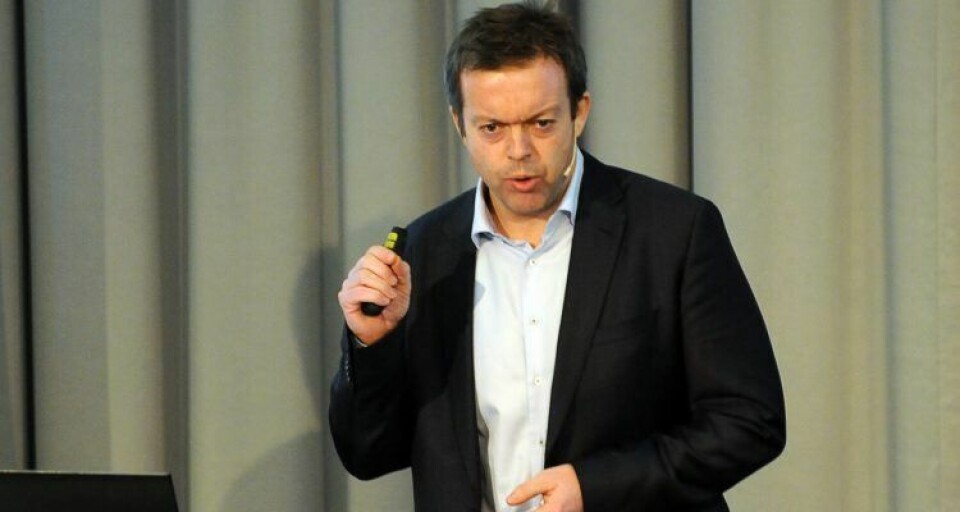
Mortalities higher than in the 90s
Salmon mortality levels are higher now than they were 20 years ago, according to Marine Harvest’s chief executive Alf-Helge Aarskog.
Speaking at the Frisk Fisk Fish health conference in Bergen last week, he challenged the salmon industry to concentrate on reducing mortalities and increasing harvest weight.
"The fish are still dying as before. In the 2015 generation, a mortality rate of around 20% was recorded. In fact, in 1993 and 1994 we were better than today. How is this possible?” he asked the audience.
"We have many localities with mortality under 10%, but the average in Norway is 20%," he added.
On a more positive note, he stressed that the development of the industry has led to better genetic material, better vaccines and smoltification tests.
"In addition, we have better feeds. Each provider has something that helps against all possible diseases," said Aarskog.
Another trend that Aarskog wants to change is the harvest weight. Based on Kontali's figures, the executive showed that the average harvest weight has dropped half a kilo between the 2010 and the 2015 generation.
"We also see mortality in larger fish. Marine Harvest thinks that the average optimum weight is 4.8 kilos, but we currently often harvest the fish much earlier," said Aarskog.
In addition, he made a quick calculation of losses in volume.
"If the harvest weight per fish drops by an average of half kilo, this means a loss of about 150,000 tonnes per year in Norway, and a loss of NOK 9 billion (approximately US $ 1.1 billion) a year – roughly 10% of the Norwegian seafood industry," he concluded.























































